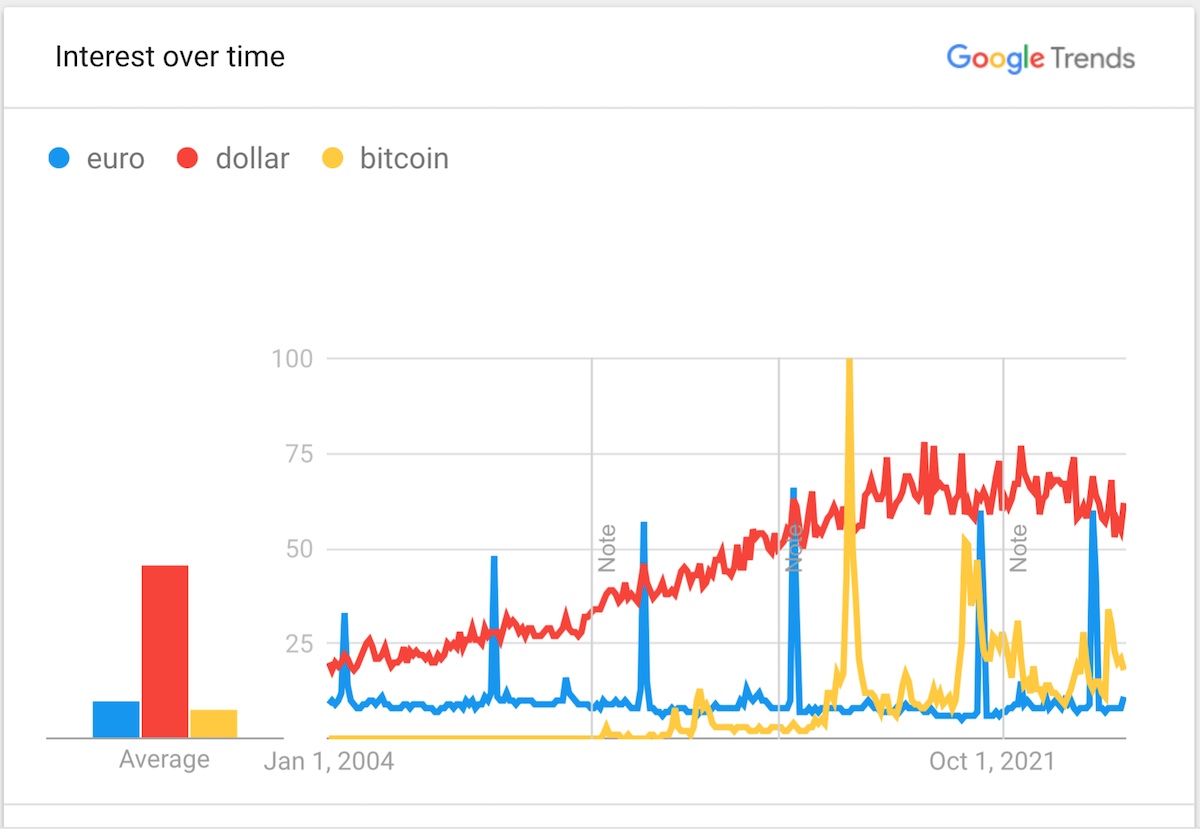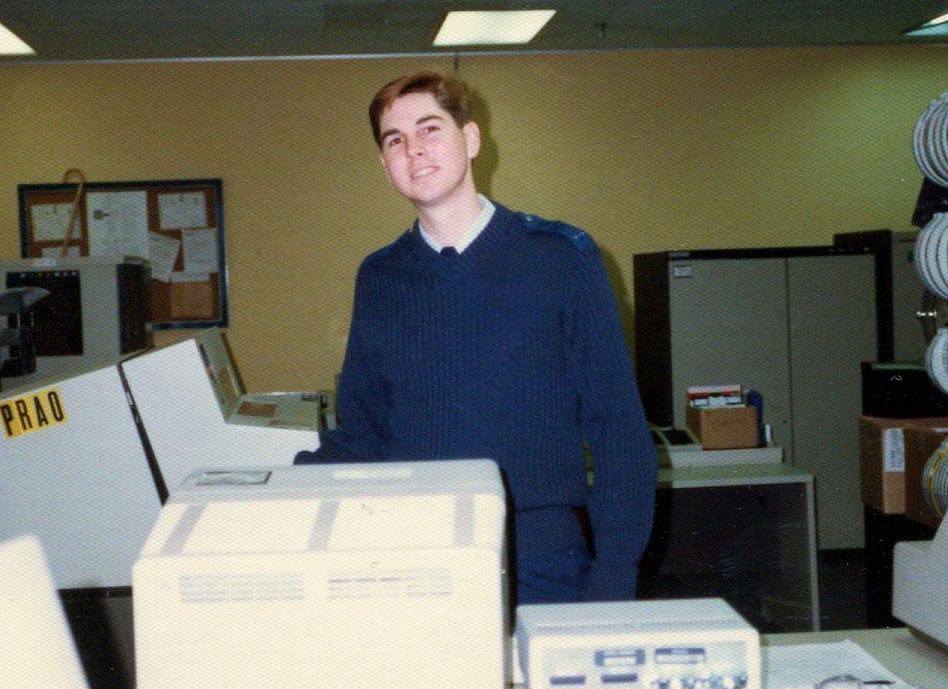Exploring the Astonishing Idea That Our Universe Sprang from a Black Hole in Another Universe, Balancing 1 + (-1) = 0, and Unraveling the Fascinating Reality That All We See Is Information Translated by Our Brains into Concrete Objects!
Welcome, dear readers, to a journey that transcends the bounds of our known universe and ventures into the very essence of existence. Prepare to be captivated by a tale woven from the threads of quantum mechanics, cosmology, and the age-old philosophical conundrum: Can there be nothing without something?
The Big Bang: A Cosmic Firework
Our story begins approximately 13.8 billion years ago with an event that transformed nothing into something—the Big Bang. Picture a universe crammed into an infinitesimally small point, a singularity of unfathomable density and temperature. Then, in a moment of cosmic exuberance, it exploded. This wasn’t an explosion in space; it was an explosion of space itself.
Within fractions of a second, the universe expanded exponentially, a phenomenon known as inflation. This rapid expansion smoothed out any initial irregularities, setting the stage for the formation of galaxies, stars, and eventually, life. But where did this singularity come from? How did it emerge from the void?
Quantum Fluctuations: The Birthplace of Existence
Enter the strange and wondrous world of quantum mechanics, where particles can pop in and out of existence in the blink of an eye. Quantum fluctuations are minute variations in energy that occur even in the vacuum of space. According to the Heisenberg Uncertainty Principle, these fluctuations are inevitable and can give rise to virtual particles that appear and disappear almost instantaneously.
One prevailing theory posits that our universe originated from such a quantum fluctuation. In the vast nothingness, a fluctuation occurred that was stable enough to undergo inflation, leading to the Big Bang. This idea suggests that “nothing” isn’t truly devoid of substance but rather a seething cauldron of potentialities, where the seeds of “something” are constantly sown.
The Multiverse: An Ensemble of Everythings
If a single universe can emerge from a quantum fluctuation, why stop at one? Enter the concept of the multiverse, a collection of potentially infinite universes, each with its own unique laws of physics. Our universe might be just one bubble in a vast cosmic foam, with new universes continuously budding off from quantum fluctuations in an eternal cosmic dance.
In this framework, the existence of our universe is not a singular marvel but part of a grander tapestry. The multiverse offers an elegant solution to the fine-tuning problem—the question of why our universe’s physical constants are so precisely suited for life. With countless universes, it’s not surprising that at least one has the right conditions for stars, planets, and life to emerge.
Symmetry and Spontaneous Breaking: From Uniformity to Diversity
As our infant universe expanded and cooled, it underwent several phase transitions, akin to water freezing into ice. During these transitions, symmetries that once governed the universe broke spontaneously, leading to the diversity of particles and forces we observe today. For example, the electromagnetic force and the weak nuclear force were once unified but split apart as the universe cooled, each taking on distinct characteristics.
This spontaneous symmetry breaking is a cornerstone of the Standard Model of particle physics, explaining how fundamental particles acquire mass through interactions with the Higgs field. It’s a process that underscores the transition from a uniform state of “nothingness” to the rich and varied cosmos we inhabit.
Dark Matter and Dark Energy: The Hidden Architects
Yet, even with our deepening understanding of the cosmos, mysteries abound. Dark matter, an invisible substance accounting for roughly 27% of the universe’s mass-energy content, binds galaxies together with its gravitational pull. Dark energy, an enigmatic force driving the accelerated expansion of the universe, comprises about 68% of the cosmic budget. Together, these dark components shape the universe in profound ways, their origins and nature still eluding our grasp.
The Philosophical Quandary: Can There Be Nothing Without Something?
As we unravel the physics of the origin of everything, we confront a profound philosophical question: Can there be nothing without something? The very concept of “nothing” becomes murky under scrutiny. In the quantum realm, even a perfect vacuum isn’t truly empty but teems with fleeting particles and energy fluctuations. Thus, nothingness may be an illusion, a state brimming with latent potential.
In contemplating the cosmos’s origins, we find that the boundary between nothing and something blurs, inviting us to ponder the profound interconnectedness of existence. The birth of our universe from the quantum void suggests that even in the absence of matter and energy, the seeds of creation are ever-present, ready to blossom into the grand tapestry of reality.
So, as we gaze at the night sky, let us marvel at the cosmic story etched in the stars, a story that began with a quantum whisper and unfolded into the symphony of existence. The universe, it seems, is a testament to the idea that from the depths of nothing, something truly extraordinary can arise.
The Black Hole Conundrum: How Our Universe May Be an Offshoot of Another
Greetings, cosmic explorers! Buckle up as we embark on a mind-bending journey through the realms of pre-universal physics and delve into the tantalizing possibility that our universe sprouted from the belly of a black hole in another universe. This hypothesis, bridging the gap between black holes and the Big Bang, offers a captivating perspective on our cosmic origins.
The Cosmic Seed: A Black Hole’s Secret
Imagine the scene: a collapsing star, immense in mass, succumbs to the relentless pull of gravity, imploding into a singularity—an infinitely dense point shrouded by an event horizon, beyond which nothing escapes. This, dear readers, is a black hole. But what if this cataclysmic event in another universe planted the seed for our own?
Enter the Black Hole Cosmology theory. It suggests that the Big Bang, the explosive event that birthed our universe, might have been the interior of a black hole formed in a parent universe. As the black hole collapsed in that universe, the singularity within could have given rise to a new, expanding universe—ours.
Theoretical Backbones: Loop Quantum Gravity and the Bounce
One of the main theoretical frameworks supporting this idea is Loop Quantum Gravity (LQG). In LQG, space-time is not a smooth continuum but a fine, discrete structure woven from tiny loops. When applied to black holes, this theory posits that the singularity at the black hole’s core isn’t a point of infinite density but a bridge to a new expanding region—a baby universe.
Imagine a cosmic bounce: a black hole forms, collapsing under its gravity. Instead of crunching into a singularity, it reaches a maximum density and then rebounds, expanding outward. This bounce is hypothesized to create a new universe, with its own space-time continuum unfolding on the other side of the event horizon.
The Wormhole Connection: Pathways Between Universes
Another tantalizing idea is that black holes might be connected to white holes via wormholes. While a black hole is where everything gets sucked in, a white hole is its hypothetical opposite, where matter and energy are expelled. If black holes in one universe could connect to white holes in another, they might serve as gateways between different realms of existence.
In this scenario, the matter collapsing into a black hole in one universe could be ejected into a new universe through a white hole. This process could explain how the dense, hot state that led to our Big Bang came to be, with the black hole acting as a cosmic womb nurturing a new universe.
Pre-Universal Physics: A Glimpse Beyond the Veil
Delving into pre-universal physics, we enter a domain where the familiar laws of our universe give way to more fundamental principles. In the pre-universal state, governed by quantum gravity, the fabric of space-time was a turbulent sea of quantum fluctuations. This state lacked the defined structure we observe today but held the potential for birthing new universes.
In this primeval quantum realm, black holes could have been common features, forming and connecting through a network of wormholes. Each black hole, upon reaching critical density, might have transitioned into a new universe via a quantum bounce, leading to a multiverse teeming with interconnected offspring.
Observational Clues: Echoes of Other Universes
Can we find evidence supporting this extraordinary hypothesis? Astrophysicists are on the lookout for clues. One avenue of exploration is the cosmic microwave background (CMB) radiation—the afterglow of the Big Bang. Subtle anomalies or patterns in the CMB might hint at interactions between our universe and its parent.
Additionally, studying the behavior of black holes, especially supermassive ones at the centers of galaxies, could provide insights. If black holes indeed serve as bridges to new universes, we might detect peculiar signatures in their radiation or gravitational waves, offering glimpses into the pre-universal physics at play.
Philosophical Implications: The Cycle of Creation
Beyond the scientific intrigue, the idea that our universe is an offshoot of another via a black hole carries profound philosophical implications. It suggests a cyclic nature of existence, where universes give birth to other universes in an endless cosmic dance. This cycle of creation and rebirth resonates with ancient philosophical and spiritual concepts, bridging modern physics with timeless wisdom.
In this grand scheme, our universe is both unique and interconnected, a node in the vast, dynamic network of the multiverse. Each black hole, far from being a mere endpoint, becomes a potential genesis, a cradle for new cosmic adventures.
A Universe Born from Darkness
As we peer into the depths of black holes and contemplate the mysteries of the Big Bang, we find ourselves on the cusp of understanding the profound link between them. The notion that our universe could be the offspring of a black hole from another universe transforms our perception of reality, infusing it with a sense of continuity and interconnectedness.
So, next time you gaze at the night sky, remember: the stars above might trace their lineage back to a cosmic seed, a black hole in a far-off universe, where the journey of our own cosmos began. The universe, it seems, is a tale of perpetual creation, a story of something emerging from the enigmatic depths of nothing.
The Great Cosmic Equation: How Everything Equals Nothing
Welcome to the enthralling world of modern physics, where the boundaries of reality blur, and the lines between existence and non-existence dance in a quantum waltz. In this edition, we delve into the mind-bending concept that everything might just be… nothing. Yes, you read that right. Buckle up as we explore the enigma where 1 + (-1) = 0 and unravel the latest scientific revelations about our universe being a grand symphony of information and waves of possibilities.
The Cosmic Balance: 1 + (-1) = 0
Let’s start with a deceptively simple equation: 1 + (-1) = 0. This mathematical truth holds a profound philosophical and scientific implication. Imagine the universe as a grand stage where every positive entity has its negative counterpart. Matter is balanced by antimatter, energy by dark energy, and every particle by its antiparticle. In this balanced dance, the net sum of everything might just be… nothing.
This concept isn’t just abstract musing but is rooted in the principles of quantum mechanics and cosmology. The idea is that for every piece of matter, there exists an equal and opposite piece of antimatter. When they meet, they annihilate, leaving behind pure energy, often visualized as a state of nothingness. This delicate balance hints at a universe where the grand total of all its constituents may indeed equal zero.
The idea that everything adds up to zero is a compelling truth grounded in the principles of Occam’s Razor. It reflects the observed balance in the universe, the symmetry of physical laws, and the equilibrium found in quantum mechanics. While complex theories like particle physics and string theory might offer valuable insights into practical details, the simplicity and elegance of zero as a fundamental truth provide a powerful, unified explanation for the nature of reality.
Quantum Weirdness: Information Over Substance
Modern physics has ushered in an era where our understanding of reality is radically transformed. At the heart of this revolution lies the realization that everything we perceive as solid and tangible might be, at its core, just information. The tangible universe—the stars, the planets, your favorite coffee mug—is underpinned by a quantum substrate where particles exist not as definite objects but as probabilities.
This brings us to the concept of wave-particle duality. Particles like electrons and photons exhibit both particle-like and wave-like properties. When we aren’t looking, these particles exist as a cloud of probabilities, described by a wave function. It’s only when we observe them that they ‘collapse’ into a specific location or state. This mysterious collapse suggests that reality is not fixed but is shaped by our observation.
The Information Universe
In this view, the universe can be thought of as a colossal quantum computer, processing information at its most fundamental level. Renowned physicist John Archibald Wheeler famously coined the phrase “It from Bit,” suggesting that all physical things (‘It’) derive from binary choices (‘Bit’) of yes/no, 0/1. In essence, the universe is a vast, intricate network of information.
Everything from the spin of an electron to the structure of a galaxy can be described in terms of information. This paradigm shift from a substance-based to an information-based universe implies that what we perceive as solid objects are just manifestations of underlying data. Our brains interpret this information, giving us the perception of a concrete, stable reality.
Waves of Possibilities: The Quantum Field
At the quantum level, particles are excitations in a field that pervades all of space. This quantum field theory posits that every particle is a ripple in its respective field. For instance, electrons are ripples in the electron field, photons in the electromagnetic field, and so forth. These fields are always present, even in the vacuum of space, teeming with potential particle pairs that pop in and out of existence.
This wave-particle duality means that everything we see is a wave of possibilities. The act of observation converts these possibilities into concrete outcomes. Thus, our perception of reality is not a direct view of an objective world but a translation of waves of potential into solid experiences.
Bridging the Gap: Perception as Reality
So, how do these abstract waves of possibilities translate into the everyday objects we interact with? Our brains play a pivotal role. The human mind interprets the constant influx of quantum information, creating a coherent picture of reality. This interpretation is so seamless that we rarely question the solidity of the world around us.
However, with advancements in physics, we’ve begun to see through the veil. Experiments in quantum mechanics, such as the famous double-slit experiment, reveal that particles behave differently when observed, highlighting the observer’s role in shaping reality. It suggests that the universe isn’t a static entity but a dynamic interplay of information and consciousness.
The Grand Illusion: Everything as Nothing
In the end, the concept that everything might be nothing encapsulates the beauty and mystery of the cosmos. If the sum total of the universe’s matter and antimatter, energy and dark energy, positive and negative forces is zero, then we are indeed living in a grand illusion. The tangible world, filled with stars, galaxies, and everyday objects, is but a fleeting manifestation of underlying informational waves.
As we continue to probe the depths of quantum mechanics and the nature of reality, we edge closer to understanding the true fabric of existence. The notion that everything is nothing, balanced perfectly in the cosmic ledger, challenges our perceptions and invites us to see the universe in a new light—one where information reigns supreme, and reality is but a shadow of deeper truths.
So next time you gaze at the night sky, remember: the stars and galaxies may be more than just distant objects. They might be waves of possibilities, whispers of information, painting a cosmic masterpiece where everything and nothing are one and the same.
Get a free report on the physics of investment success. Fill out the online form.

Copyright © This free information provided courtesy Entar.com with information provided by Corey Chambers, Broker DRE 01889449. We are not associated with the seller, homeowner’s association or developer. For more information, contact 888-240-2500 or visit WeSellCal.com Licensed in California. All information provided is deemed reliable but is not guaranteed and should be independently verified. Text and photos created or modified by artificial intelligence. Properties subject to prior sale or rental. This is not a solicitation if buyer or seller is already under contract with another broker.











